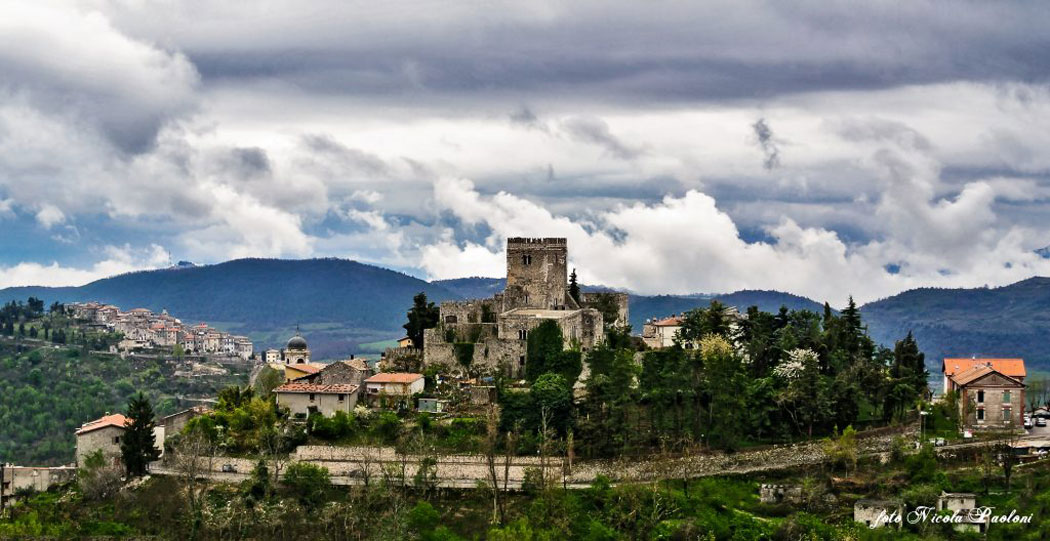
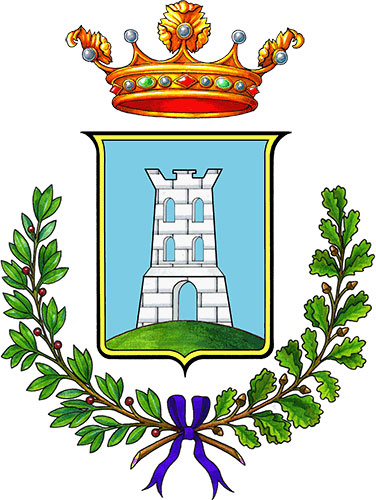
The Ernici mountains have their name for the ancient proud people of the Ernici of which there are no traces, while the valley area was populated since the Roman period. The Romans had beaten the other populations in the IV-III century BC and had created their settlements or villas in the flat areas.
The Romans also had lookout systems and Torre Cajetani was part of this system. The tower is mentioned for the first time in the 6th century AD with reference to St. Benedict's journey from Subiaco and Cassino " S. Benedictum iter facisse et per Castrum Turris Appellatum Transisse ", in memory of which a small church was built.
The defensive tower was part of the circuit of the fortified squares, like the neighbouring Castles of Fumone and Trivigliano, set up to counter the Saracen raids, who had pushed inland from their fortified base at the mouth of the Garigliano.
Like all the villages in the area, its history began with the Saracen invasions when the population took refuge near these fortified towers on the heights. These become castrums, which then turned into castles to welcome people looking for protection.
Between 900 and 1100 the castle belonged to the powerful Roman family of Senator Teofilatto, who, with Pope John XII and Counts of Tuscolo, had wide interests throughout the territory.
After various events, at the end of the thirteenth century the castle became a fiefdom of the Caetani (Cajetania) family. The purchase was sought and sanctioned by the Caetani Pope Boniface VIII with the "Circumspecta Sedis" bull of February 10, 1303.
Boniface VIII, who established the first jubilee of history in 1300, used the Castle as a place for meditation and work. Here he issued the Pontifical Bulls bearing the "Date in Turri prope in Anagnium" and here Pope Boniface VIII drank the oligomineral water (Fiuggi's water) to cure the 'stone's disease' (kidney stones).
In 1349, after the war between the Caetani and the Counts of Ceccano allied with nobles of Anagni, Alatri, Ferentino and Supino, Torre Cajetani ended under the control of the city of Alatri. In the following years the castle was often confiscated and used for ‘powerplays’ that linked the great Roman families to the pontiffs: Pope Martino V succeeded in assigning it to his family, the Colonna, while Eugenio IV had entrusted it to Giovanni di Cencio Alatri will returning it to the Caetani in 1447.
In 1500, the fortress was confiscated by Pope Alessandro Borgia for his brother Giovanni. Only after the fall of the Borgia, did the Castle return to be property of the Caetani, of the "Filettino" or "della Torre" branch.
The name Torre Cajetani was only given in the eighteenth century in honour of the Caetani family (or Cajetani family), to which it had belonged for a long time.
Damaged by the earthquake of 1915, the castle was later restored by the current owner the Teofilatto family, considered to be the original owners from a millennium ago. Since 1987, it has been home to the "Domus Theophylacti Opus", a centre for studies of Medieval Culture.
The town is also blessed with the Operetta Museum named after Sandro Massimini, the most famous Italian interpreter of this art form, and in addition to his own assortment he collected theatres with puppets and hand puppets made since 1600.




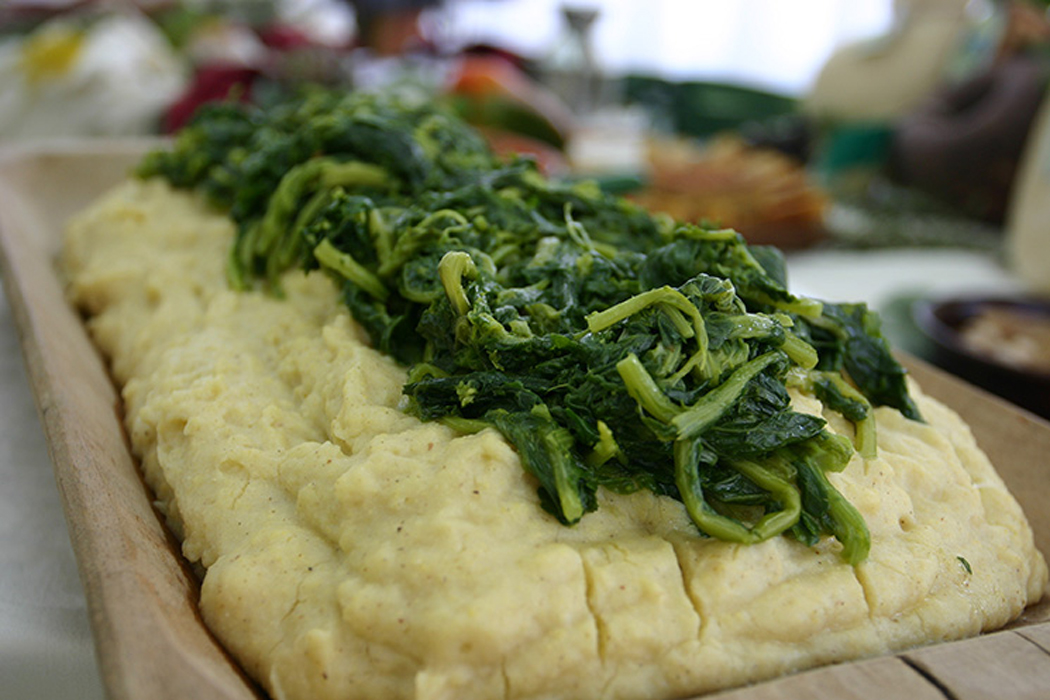
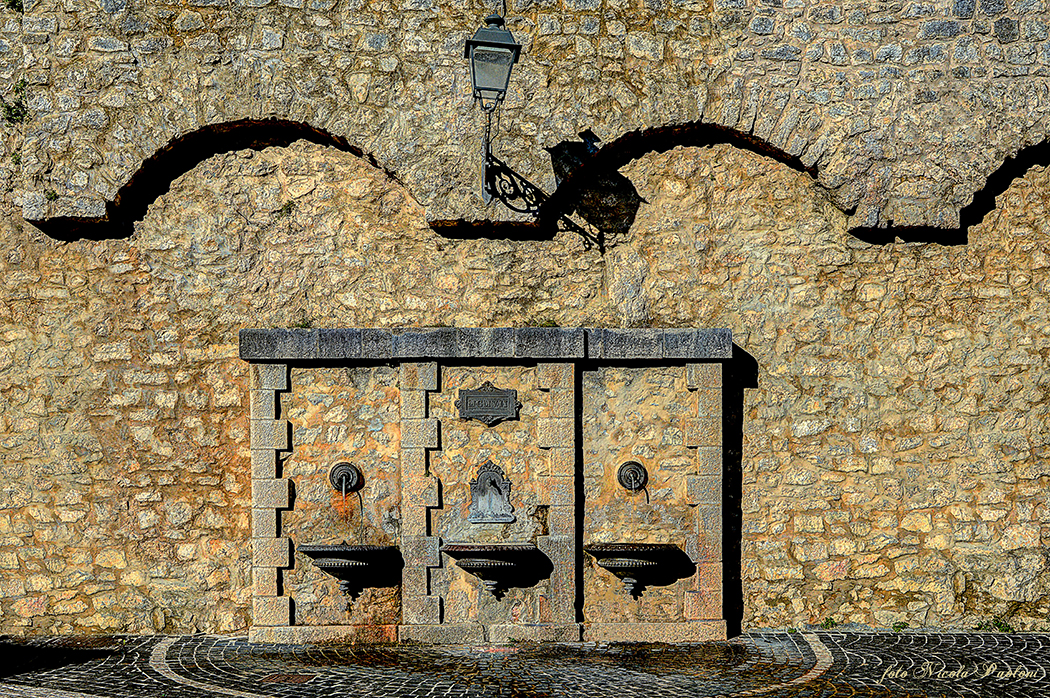
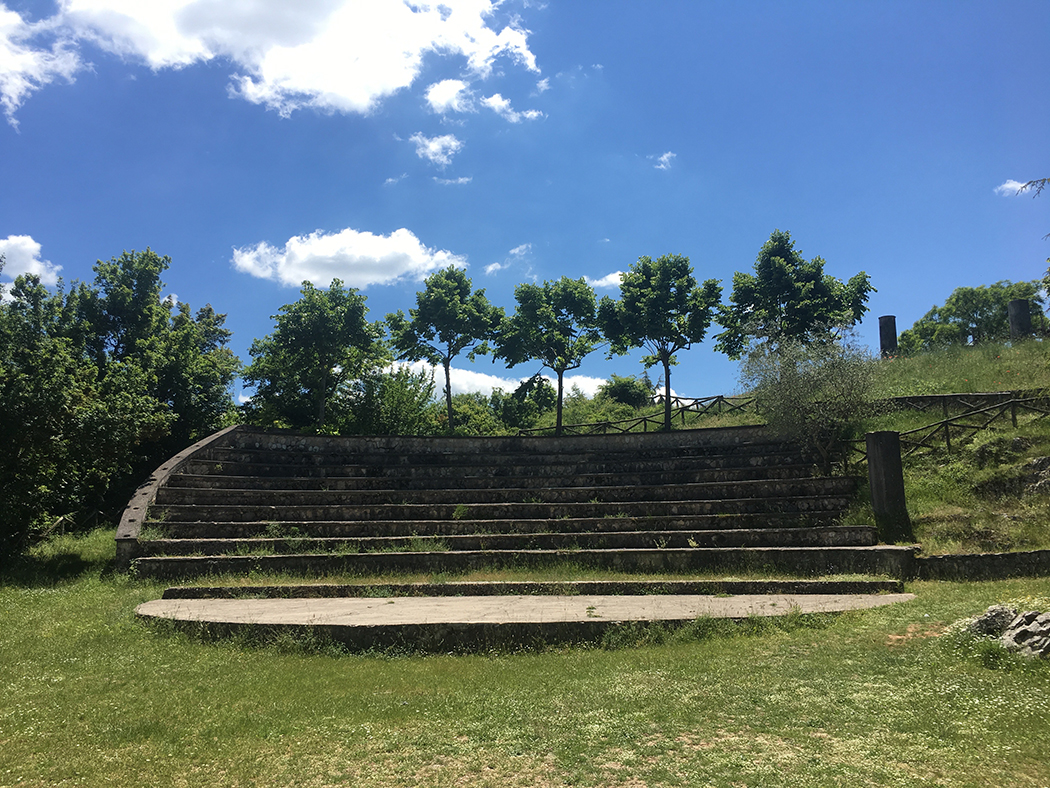
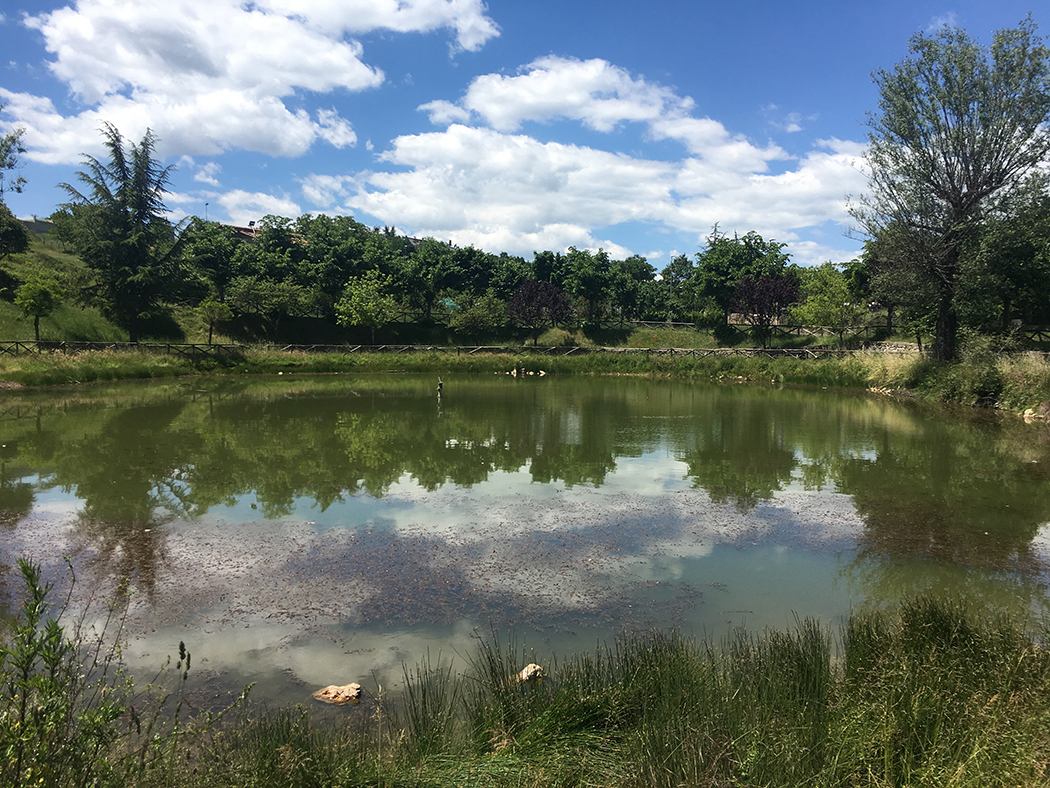
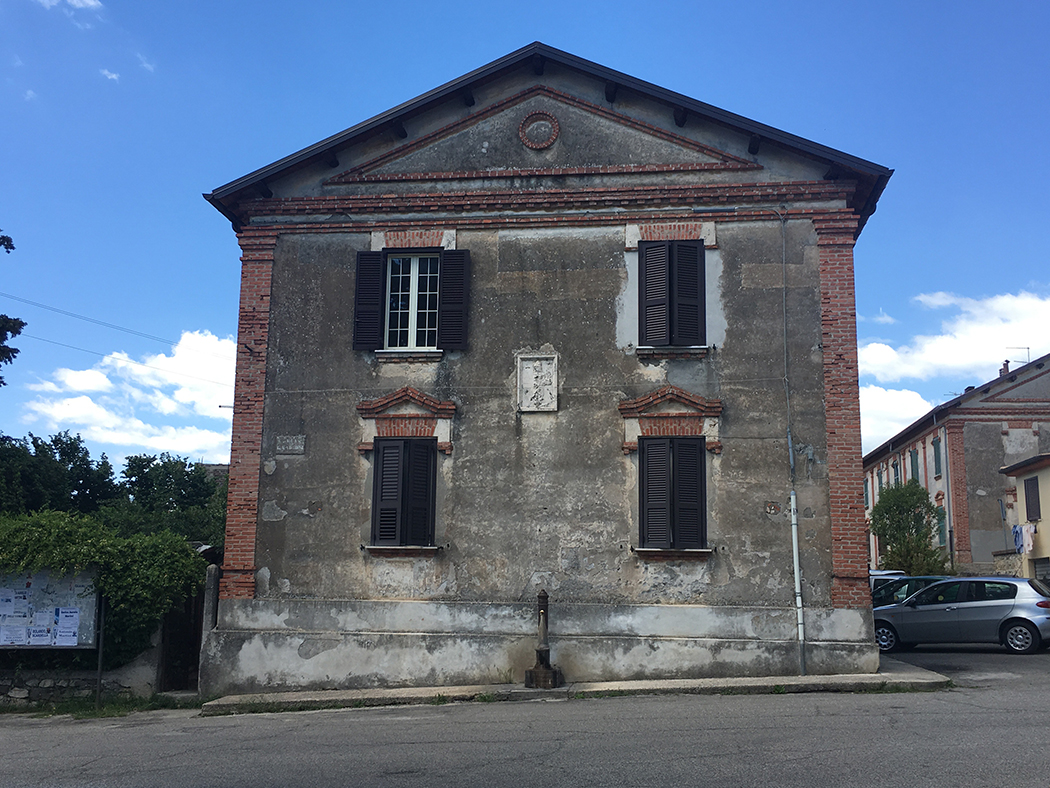
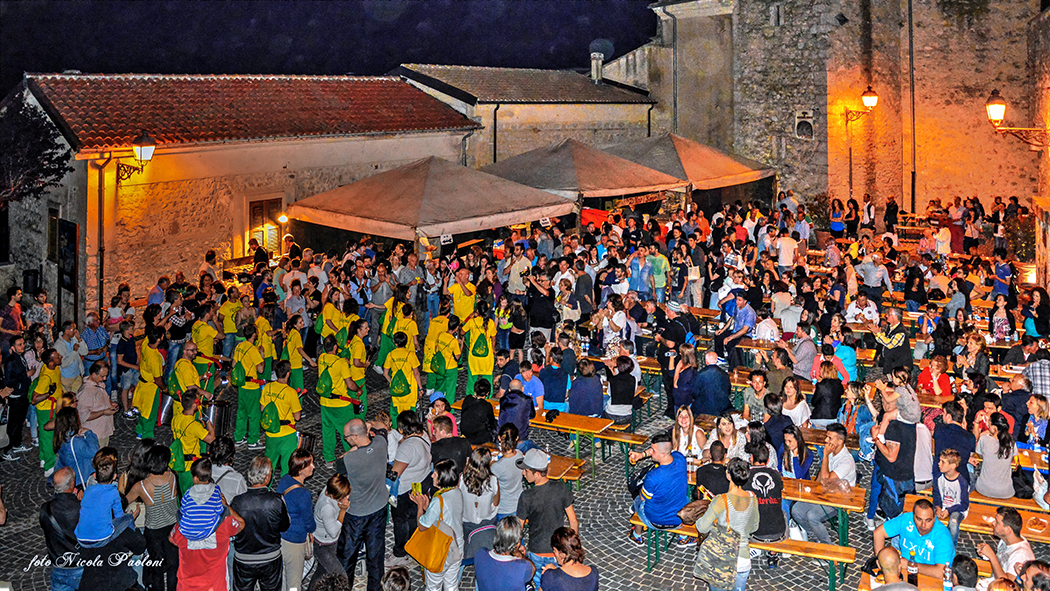
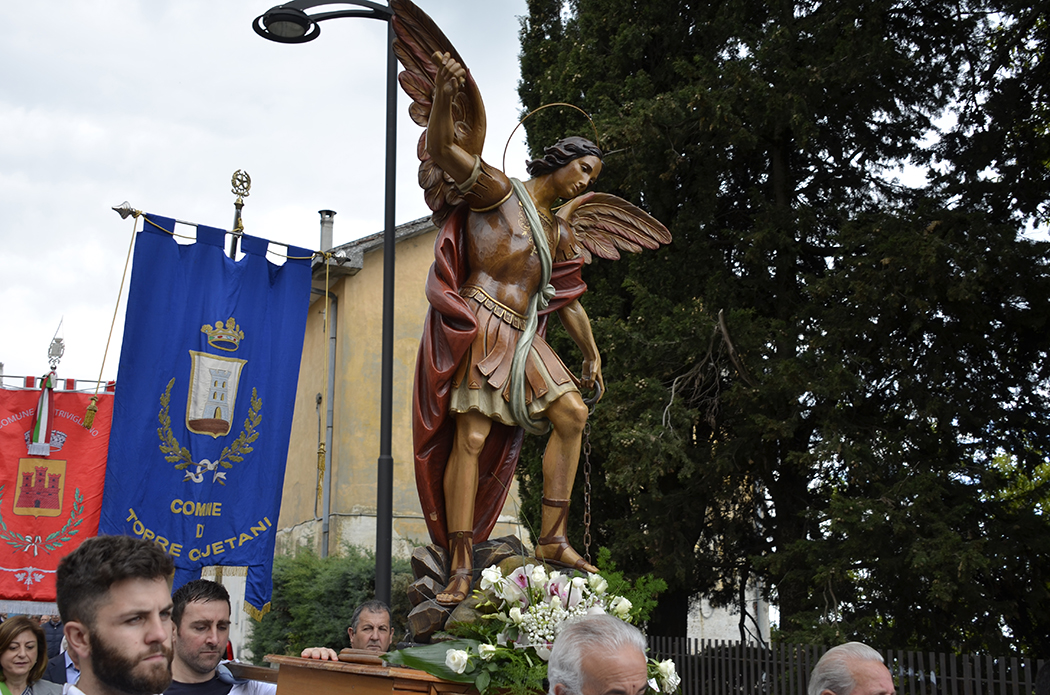

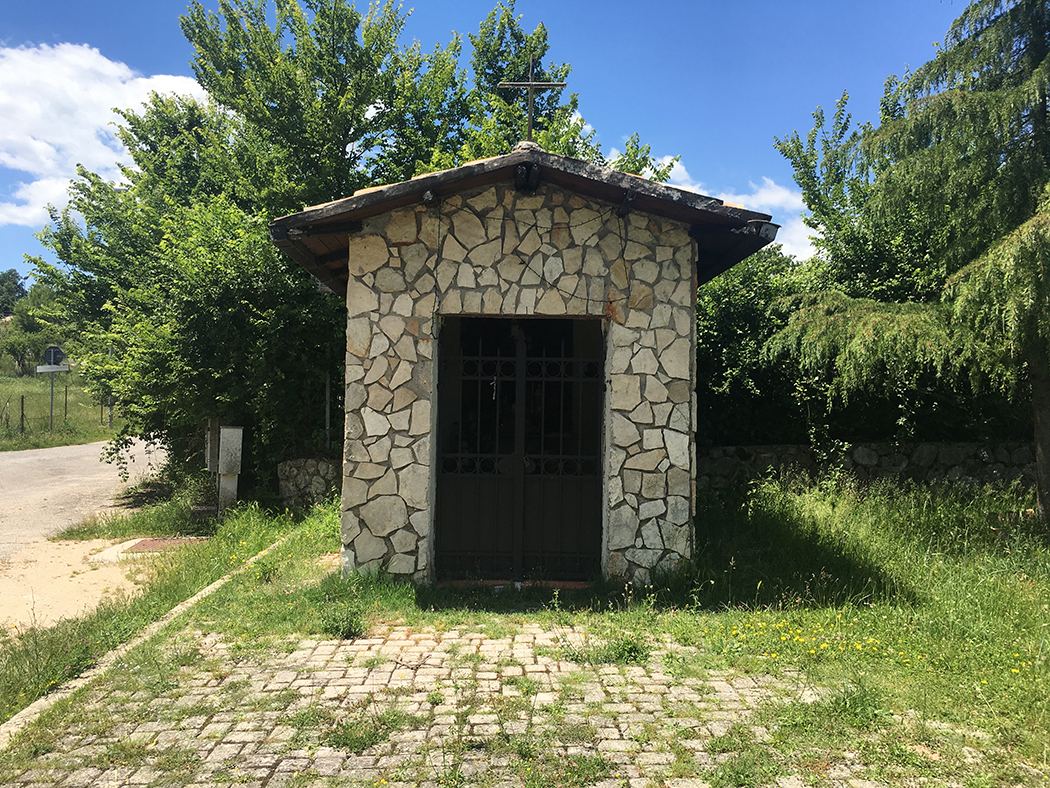
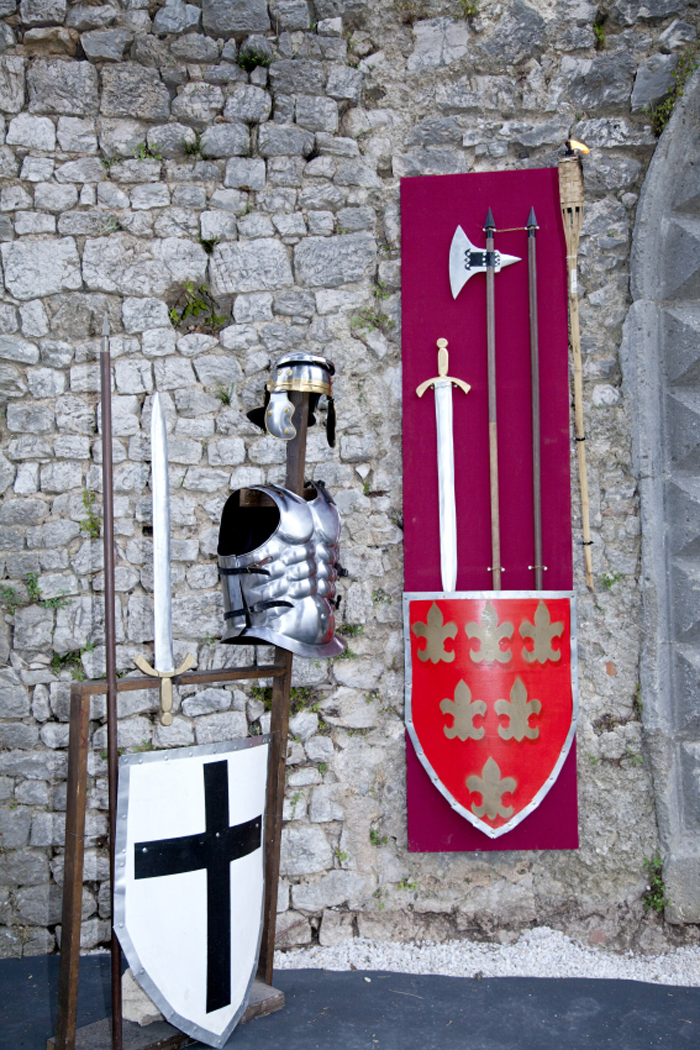

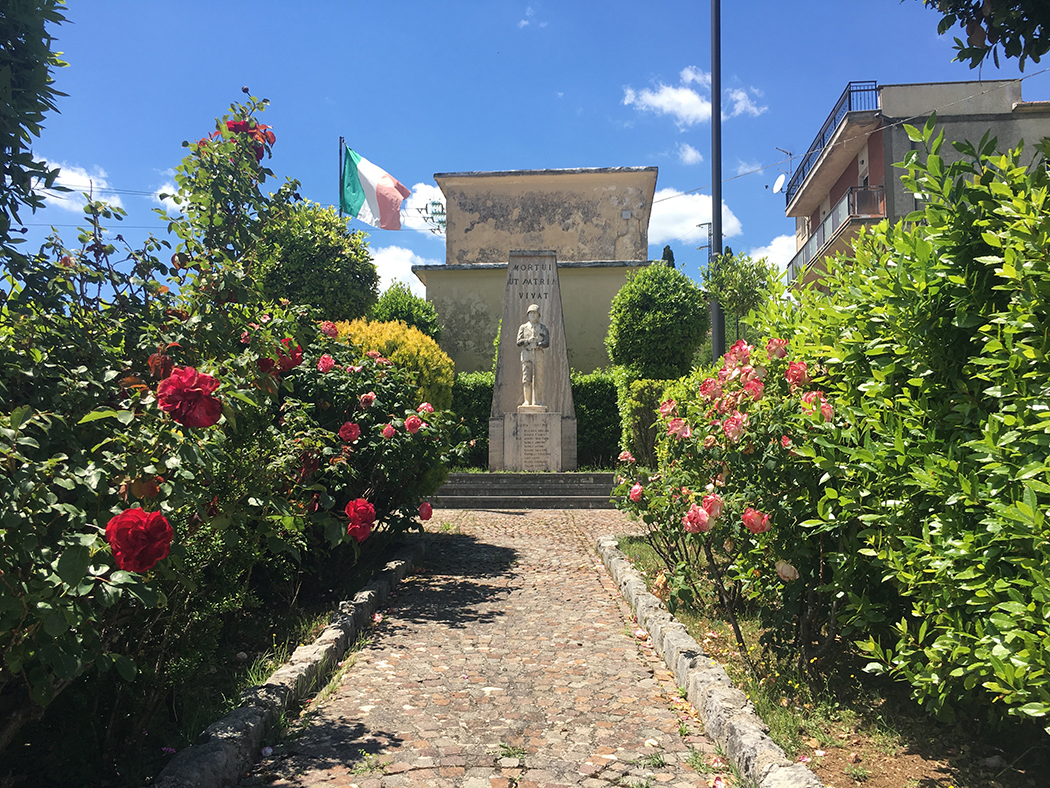

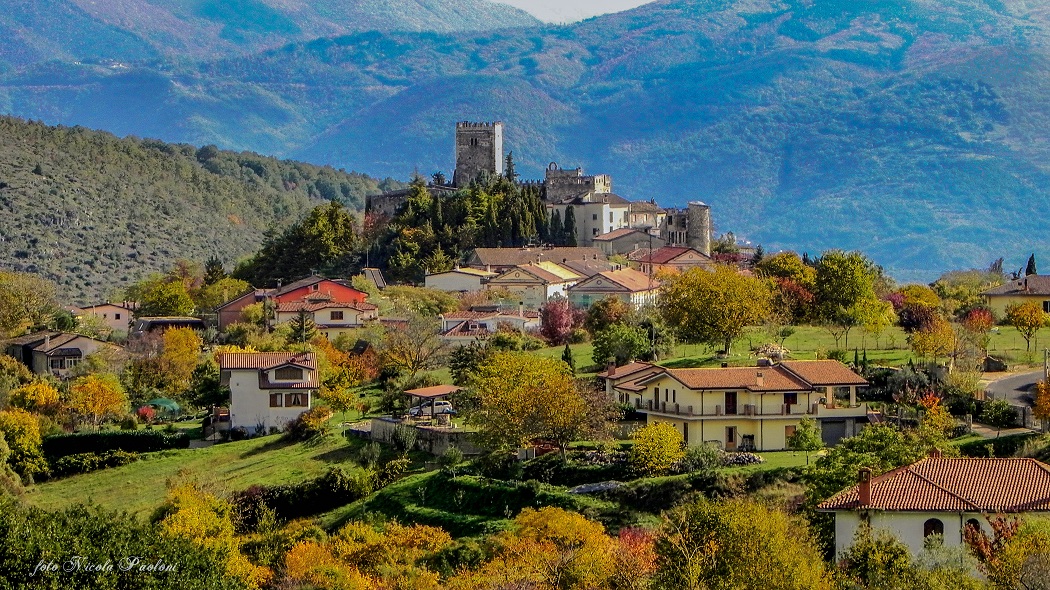
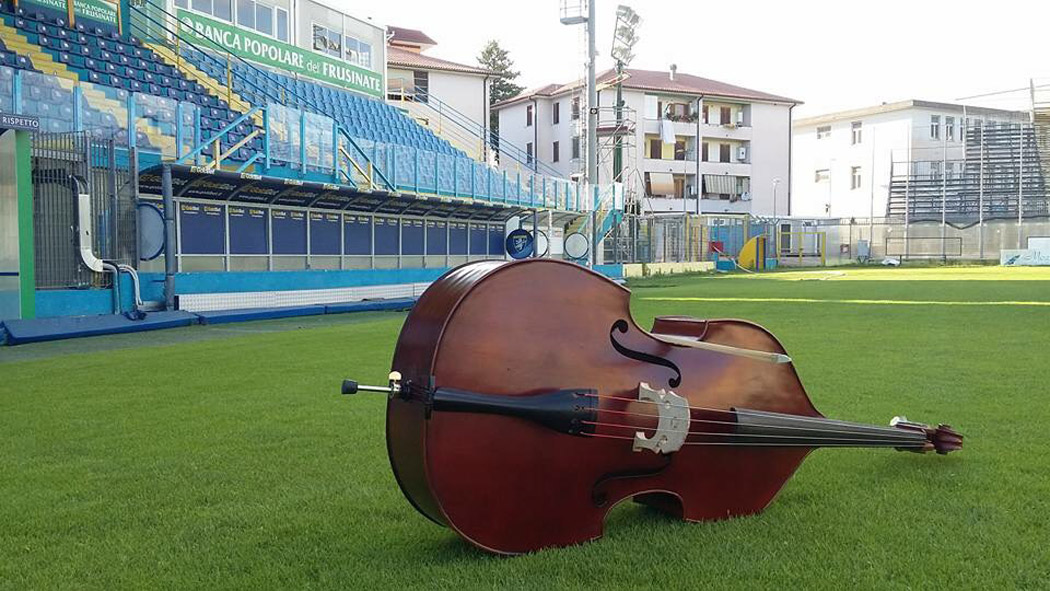

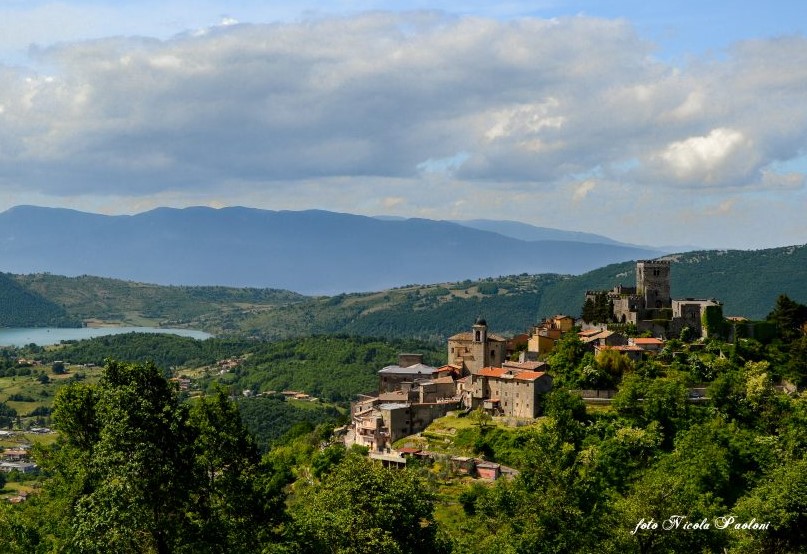
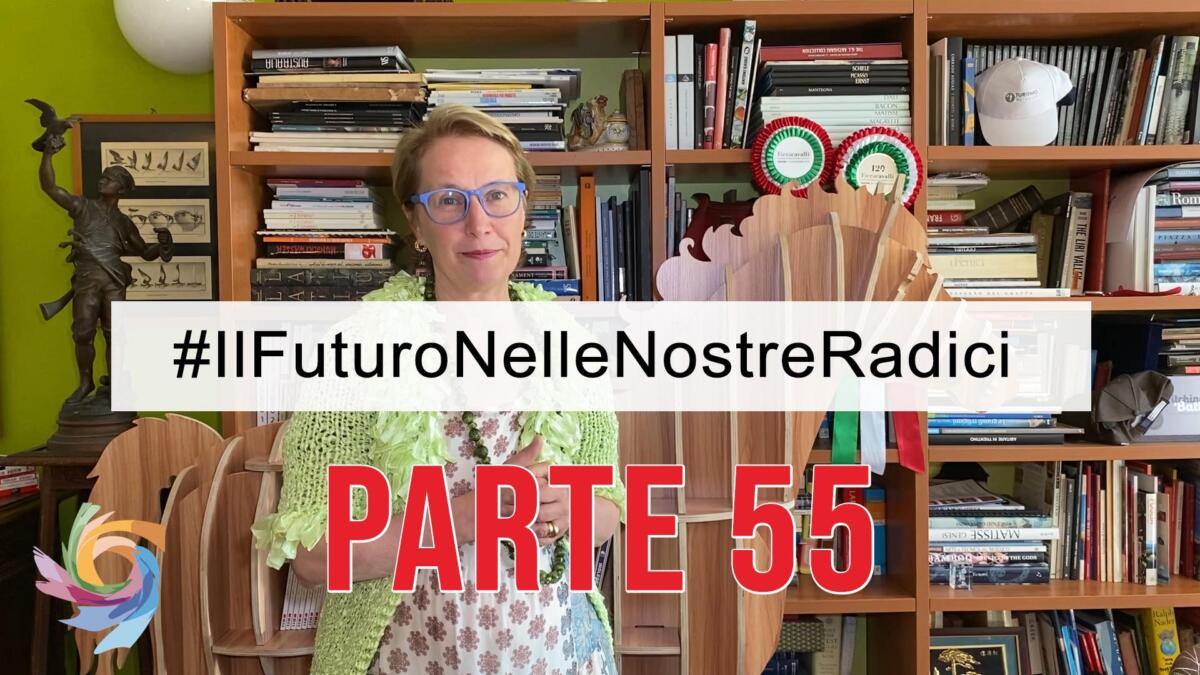
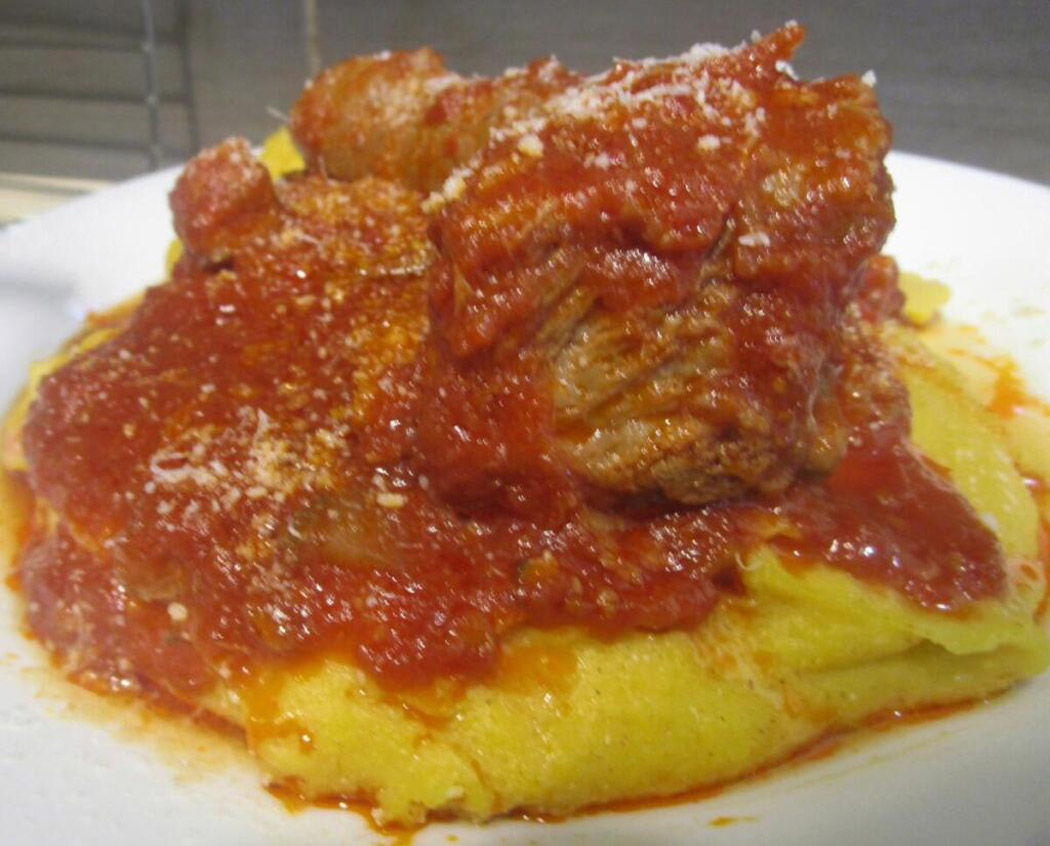
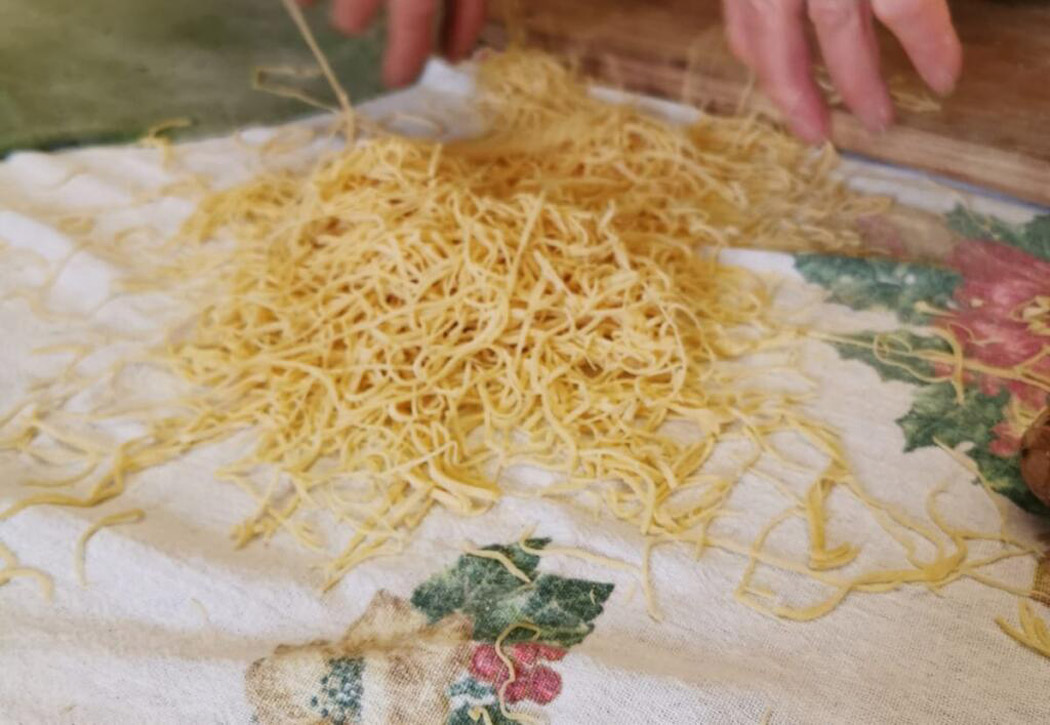




Follow us